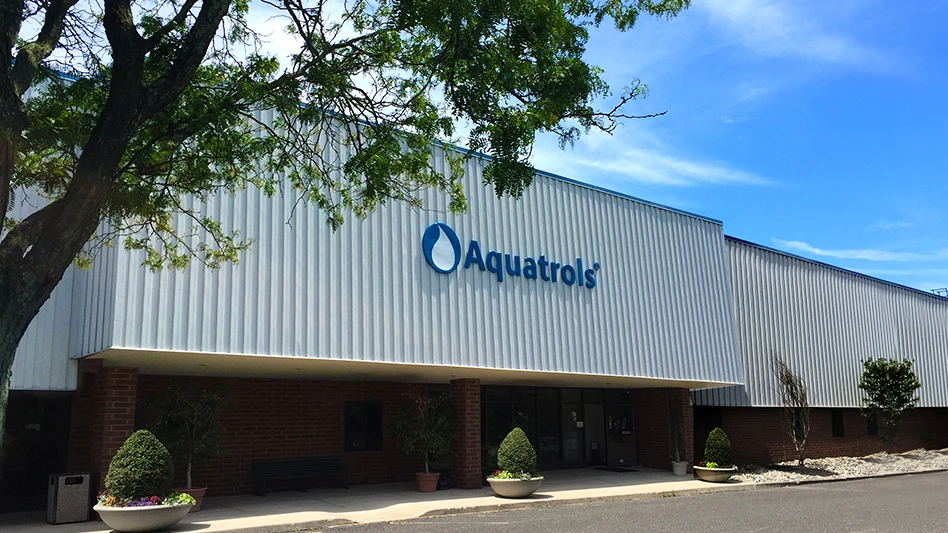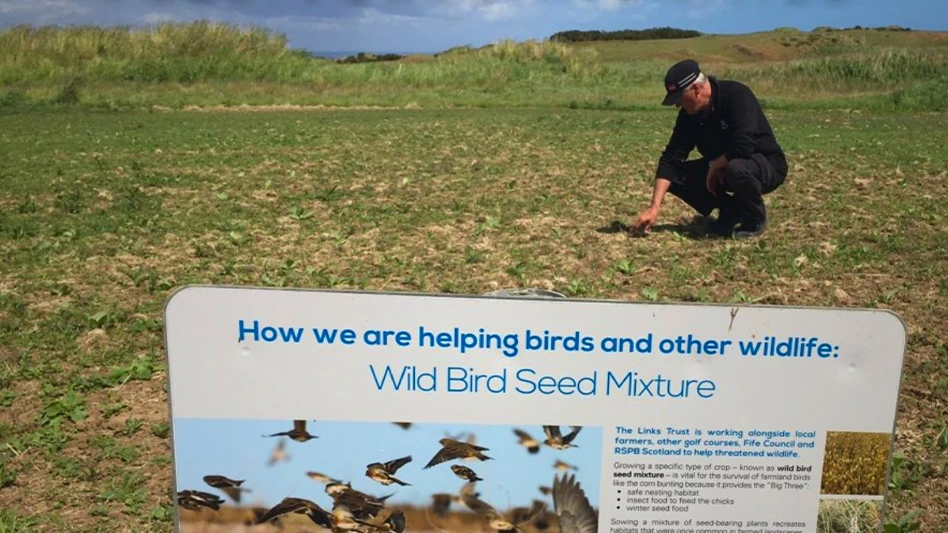We wish this issue had a different cover.
Nobody at The Greenbrier — or anywhere else affected by a natural disaster — seeks the attention. Floods, hurricanes, tornadoes, earthquakes, fires, blizzards destroy more than golf courses. They ruin lives.
Learning about a disaster such as last summer’s historic West Virginia flood is painful. Living through one must be horrific.

I didn’t know what to expect when visiting White Sulphur Springs, the small West Virginia community where The Greenbrier has stood since 1778, to begin reporting for our series documenting the devastation and recovery process. I had a working relationship with the resort’s agronomic team through a pair of visits last year, including one for our May 2016 cover story, “They bleed green.” On a subsequent visit for the 2016 Greenbrier Classic media day, I witnessed the resort host the West Virginia Amateur, played The Old White TPC and met future West Virginia Governor Jim Justice, who purchased the nearly bankrupt resort in 2009. The weather was perfect, the golf courses pristine. Trophy trout filled Howard’s Creek, which meanders multiple holes on The Old White TPC, a memorable C.B. Macdonald and Seth Raynor design beloved by longtime resort guests and PGA Tour players.
Seventeen days later, it rained. And rained. And rained. Lifelong residents say nothing compares to what White Sulphur Springs and surrounding areas experienced June 23, 2016. Huge chunks of The Greenbrier’s golf courses suffered major damage, but workers lost family members, friends, houses, vehicles, furniture, mementos and the innocence offered by a summer of enjoying the splendid West Virginia outdoors.
Once the soaked rubble dried, the rebuilding started. Our two days in White Sulphur Springs last month revealed a group of exhausted, yet resilient and determined workers who graciously shared their accounts of last June and the following days, weeks and months.
None of it is easy to discuss with an outsider. Think about the most grueling work period of your life. Think about the biggest personal project you have tackled. Combine the two and give yourself no time to prepare for either task. Add the pressure of completing a course for a PGA Tour event and guest play in a remote region where your employer is easily the biggest economic driver. By sharing their story, members of The Greenbrier team will help whomever must cope with the next natural disaster and inspire anybody reeling from a challenging day.
Pursuing an editorial project of this scope requires support, and we could not have asked for a better partner than John Deere. “Deere and Revels Turf have been amazing partners to The Greenbrier before, during and after the flood,” GCI publisher Pat Jones says. “It’s a perfect collaboration for us to work with them now to tell this remarkable story of catastrophe and rebirth.”
So, I hope you agree with us that this is a worthwhile story. We just wish it didn’t have to be told.

Explore the May 2017 Issue
Check out more from this issue and find your next story to read.
Latest from Golf Course Industry
- Heritage Golf Group expands into Tennessee
- Making the grade — at or near grade
- PBI-Gordon receives local business honor
- Florida's Windsor takes environmental step
- GCSAA names Grassroots Ambassador Leadership Award winners
- Turf & Soil Diagnostics promotes Duane Otto to president
- Reel Turf Techs: Ben Herberger
- Brian Costello elected ASGCA president





